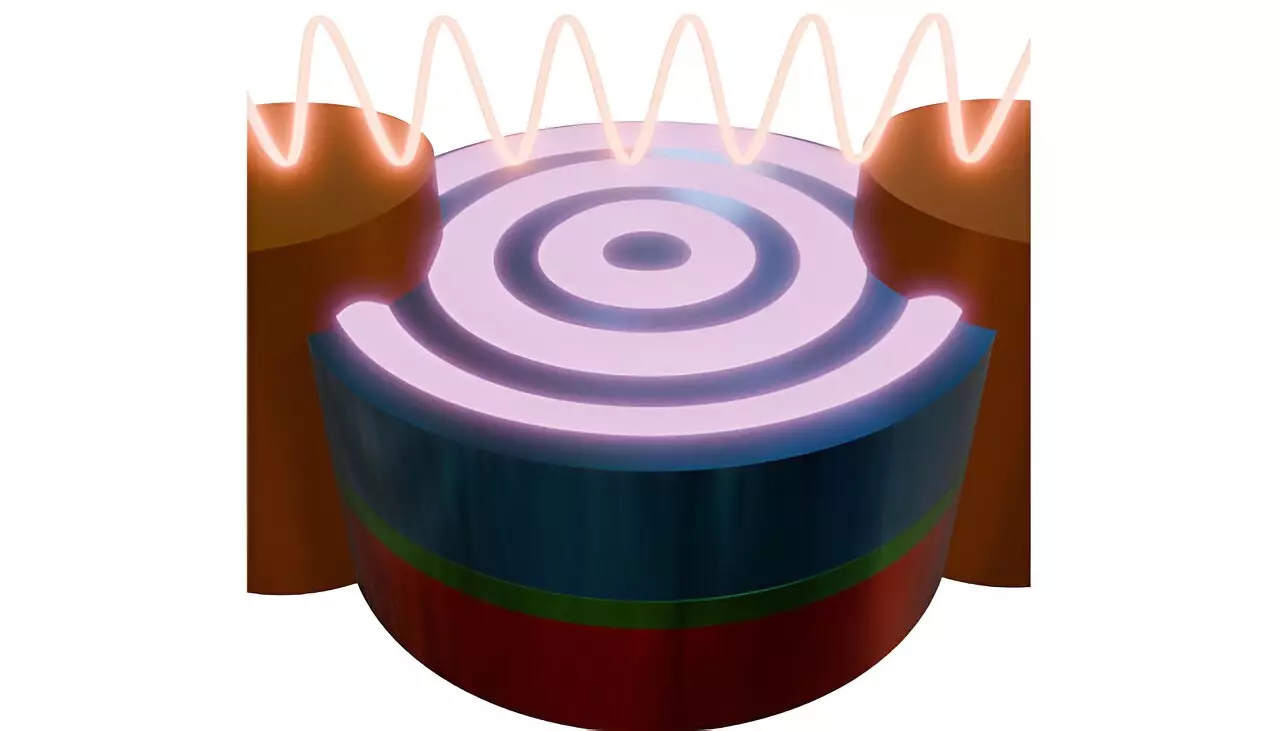As the world continues to demand more from technology, the urgency for creating energy-efficient and compact computing devices grows exponentially. Recent breakthroughs conducted by researchers from the University of Vienna, the Max Planck Institute for Intelligent Systems in Stuttgart, and the Helmholtz Centers in Berlin and Dresden signify a pivotal moment in this endeavor. By exploring the potential of magnonic circuits—using the flow of spin waves for data processing—the researchers aim to overcome significant limitations posed by traditional computing architectures that rely heavily on transistors. Their study, published in *Science Advances*, illuminates a new path for future computing technologies.
The Limitations of Traditional Semiconductor Technology
Modern computing devices, from laptops to smartphones, primarily utilize billions of transistors based on complementary metal oxide semiconductor (CMOS) technology. This established system faces immense challenges as we push toward miniaturization. With the rise in computational demands, transistors are reaching physical limitations, thereby raising questions about their long-term sustainability. Additionally, energy consumption remains a fundamental concern; as devices become more powerful, they often consume more power, which contradicts global efforts to promote energy conservation.
The need for alternate architectures has become clear, leading researchers to investigate unconventional solutions, particularly the realm of spintronic devices—the manipulation of electron spins for computing purposes. Among these promising developments are magnons—the quanta of spin waves that can potentially transmit information with minimal losses, akin to ripples created when a stone is thrown into a lake. This analogy illustrates the essence of spin waves and how they can revolutionize data transfer by using magnetic materials.
The crux of the research findings lies in the efficient generation of spin waves through a novel setup. Unlike traditional nano antennas, which are challenging and costly to fabricate, the innovative method introduced by Koraltan and his team necessitates the electric current to flow through a magnetic stack featuring swirling magnetic patterns. This significant shift allows for significantly higher efficiency in spin-wave emission—demonstrating an efficiency increase by several orders of magnitude compared to conventional techniques.
The spin waves are produced in synthetic ferrimagnetic systems, which consist of layers with opposing magnetization directions. This unique structure enables the researchers to exploit the magnetic fields generated by alternating currents for efficient wave excitation. The use of specialized materials that adjust their magnetization in response to applied strain brings forth an intriguing aspect—enabling the researchers to control the direction of spin waves dynamically. Such flexibility could mean the difference between static, inefficient computing frameworks and adaptable systems that cater to user needs in real time.
The achievements noted by the research team do not stop at improved efficiency. With sophisticated tools such as the high-resolution ‘Maxymus’ X-ray microscope, they recorded actual spin waves at nanoscale wavelengths and gigahertz frequencies, validating their theoretical models. These observations are foundational as they pave the way for future applications of magnonic circuits that promise greater adaptability within computing systems.
The concept of active magnonic devices marks a crucial intersection of theory and application. As spin waves can be manipulated and redirected on demand, the potential for developing reprogrammable circuits emerges—enabling innovative computing architectures that consume less energy while performing complex operations. This adaptability can profoundly alter the future landscape of technology.
The groundbreaking findings from this multi-institutional study signify not just an innovative approach to computing but also an essential leap toward sustainability. As the demand for high-performance computing continues to surge, the exploration of magnonic circuits offers a glimpse into a more efficient future. By harnessing the unique properties of spin waves and redefining how we generate and control them, researchers are laying the groundwork for the next generation of computing technologies. With the rising specter of energy consumption, the advancements showcased in this study might very well offer the solution that addresses both efficiency and performance, ultimately shaping the future of computing as we know it.


Leave a Reply